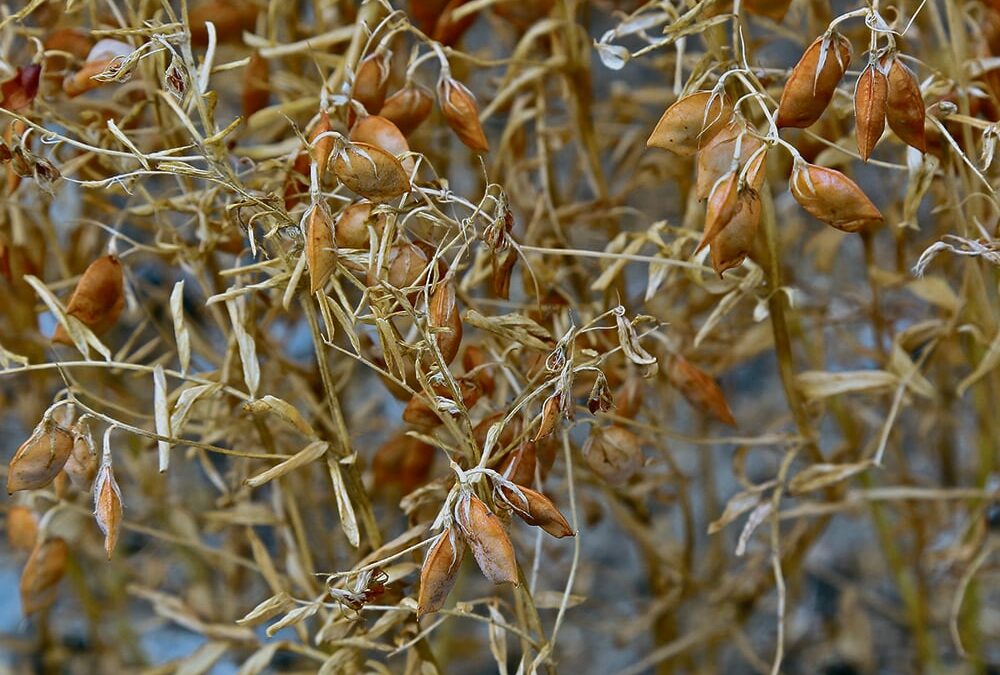By Sean Pratt
Published: March 23, 2023
There should be good demand for lentils in Canada’s top market this year, but also fierce competition, says a broker.
Vivek Agrawal, director of JLV Agro, a commodity brokerage firm based in Pune, India, thinks India will import 100,000 to 200,000 tonnes more lentils than usual in 2023-24.
Pigeon pea prices are sky-high in that country because of a short kharif (summer) season harvest of the crop.
Spot prices have been climbing steadily since the start of the new year and are now about one-third higher than they were a year ago, according to an Agriwatch price chart.
“I feel the consumption of lentils will increase as the consumption shifts from pigeon peas to lentils,” said Agrawal.
He believes India will import 700,000 to one million tonnes of lentils in 2023-24.
AgPulse Analytica is forecasting 600,000 tonnes by comparison.
Imports over the previous four years have ranged from 667,000 tonnes to 1.12 million tonnes, according to AgPulse’s data.
Agrawal said another reason for his bullish lentil import forecast is the increasing likelihood of an El Nino weather event developing this summer.
That could result in hot and dry conditions for India during the upcoming kharif growing season, which is when its pigeon peas are cultivated.
He thinks the government will want to augment its buffer stocks of imported lentils in case there is another pigeon pea shortfall.
Government and private sector analysts agree India will likely harvest a record crop of about 1.6 million tonnes of lentils during its rabi (winter) crop that is wrapping up now.
But carry-in is expected to be small. AgPulse Analytica is forecasting 263,000 tonnes, down from 489,000 tonnes last year.
Reuters reports that torrential rains on March 19-20 damaged the wheat crop in Punjab, Haryana, Uttar Pradesh and Madhya Pradesh, flattening crops and flooding farms.
About two-thirds of India’s lentil crop is grown in Uttar Pradesh and Madhya Pradesh.
Uttar Pradesh received 182 percent of its normal rainfall in the March 1-23 period, while Madhya Pradesh received 215 percent of normal, according to the India Meteorological Department.
Chuck Penner, analyst with LeftField Commodity Research, recently tweeted that pulse prices are trending up in India, which is unusual with harvest underway.
But after speaking to farmers in the affected areas, Agrawal believes damage to lentils was minimal. He estimates three to five percent of the crop may have suffered quality damage but no yield problems.
“What I am telling you is the ground reality,” he said.
G. Chandrashekhar, senior editor of the Hindu Business Line, agrees there was little damage.
“(A) substantial part of (the) chickpea and lentil crop has already been harvested,” he said in an email.
Chandrashekhar is sticking with the 1.6 million tonne production forecast that he made back in early February.
Earlier this year, India extended its import duty exemption on lentils through the end of March 2024, so Canada will be on a level playing field with Australia, which recently signed a free trade agreement with India ensuring duty-free access to that market.
Agrawal said Canada is going to face stiff competition from Australia. Growers in that country harvested a record 1.4 million tonnes of red lentils, up 40 percent over last year’s record crop.
Australian lentils are priced at US$720 per tonne C&F for July delivery, which he says is cheaper than Canadian product.
Source: The Western Producer

